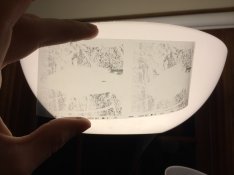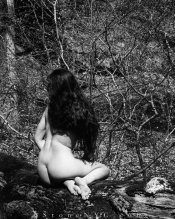RalphLambrecht
Subscriber
Yesterday I got an incdent rreading of EV14.8 from the sun. Today I got EV14.9.tha'ts within repeatabiliry tolerance for the meter. The sun is an amazingly constant lightsourcefrom 10am to 4pm;well suited to check a meter.In that time frame ,one doesn't realy need a meterwith roughly light-balanced subjects












 )I resorted back to my luna-pro. Everytime I use a new film or developer or change the batteries, I use a similar method, except around here I have to wait for sunny days. In the winter months its from ~09.00-13.00 in the spring/summer ~10.00-16.00 hrs.
)I resorted back to my luna-pro. Everytime I use a new film or developer or change the batteries, I use a similar method, except around here I have to wait for sunny days. In the winter months its from ~09.00-13.00 in the spring/summer ~10.00-16.00 hrs.
